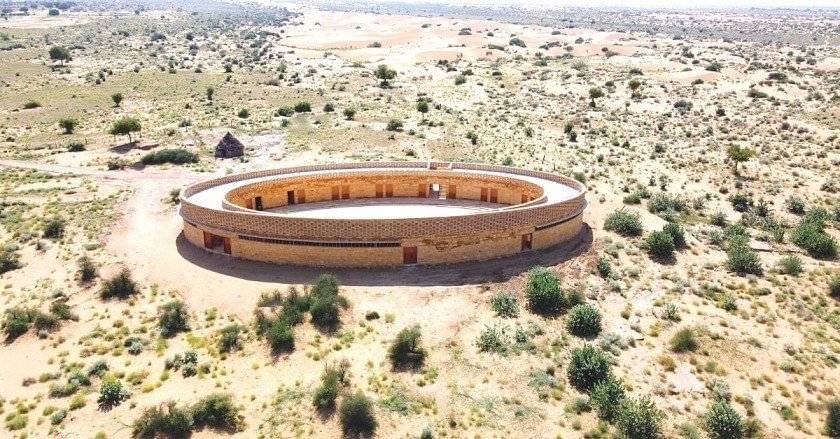It is the experiential value of a space that matters than the visuals. You might use the best of the materials and finishes; expensive decors and the most tedious design forms. Your concept of the design might be something very comprehensive or your facade might have intricate details. None of that will matter if the spatial experience is not conducive. The humane approach is what matters. After all, design is the art of curating spaces for humans and by humans.
The Human Approach: Addressing user-effective design solutions
The key to humanizing spaces is to adopt a design strategy that places the user at the center. Designing a good user experience involves designing with empathy. It involves taking into account – How does one feel about a space; does it orient the user; can he or she maneuver around the space freely and does it resonate with the user’s psychology. Architecture must have the power to influence the emotional state of a user. Though architectural designs have achieved great heights in terms of the project scale and design, there is still a need for architects and urban planners to integrate the humane approach into the designs.
Here few design characteristics of any human-centric design:
- Ease of use: The architecture must facilitate user-friendly human interactions
- Contextual: Spaces must reflect the user context, the environment.
- Value-driven: Design must add value to the user’s life.
- Resiliency: Design must help users cope with emotional and mental distractions.
Tried and tested human-centric solutions
- Creating conducive urban environments to influence the user’s psychology positively.
- Using green and diverse elements in architecture renders a comfortable and happy spatial experience.
- Interactive street designs help rejuvenate users’ mental wellbeing.
Examples of Human-centric Architecture
Project: The Rajkumari Ratnavati Girls’ School
Location: Jaisalmer- Rajasthan, India


Located just a six-minute drive away from Jaisalmer’s famous Sam Dunes, this school in the Kanoi village of Rajasthan, India is the best example of a human-centric design.
With an aim to empower girls, The Rajkumari Ratnavati Girls’ School is built in yellow sandstone and requires no air conditioners even though being in the hot that desert. This is a perfect example that takes care of the human resilience to temperature and the user’s living conditions. Here, students can study and even play in the central courtyard regardless of the extreme weather as the design, the forms and materials have been curated keeping in mind the user context and the humane approach.
Project: Anchor center for blind children
Location: Denver, USA


Inspired by the five human senses, The Anchor Center for Blind Children is an example of the humane approach. The design puts forward a concept of a “touch-friendly” building. The Anchor Center for blind children designed by Davis Partnership is a 15,000 square foot teaching facility in Denver. Designed for visually impaired toddlers and preschoolers, this structure comprises spaces like classroom pods and masonry inspired by Braille. The design aims to foster an effective play of light and shadow. The classrooms are placed along a central spine with the fenestrations that let in the northern lights through celestial windows. The roofing structure is been designed as angled roofs. The interiors boast a color palette of rose, blue and yellow. The materials and finishes play around the building in the form of door lights, skylights, and wall sconces. The center is been designed as a barrier-free space that facilitates the kids to explore without the fear of injury and has features that can guide them throughout the spatial form.
In Conclusion
Human-Centered Design is based on a philosophy that empowers users with conducive experiences thus addressing the user needs, empathizing with the same, and coming up with human-friendly solutions. What differentiates Human-Centered Design from other problem-solving approaches is that focuses on understanding the perspective of the user with a problem, their needs, and if the solution that has been curated, truly meets their needs effectively adding value to the lives of the user. Effectively, the users who experience a problem the most are a constant part of the design process in the humane approach.



